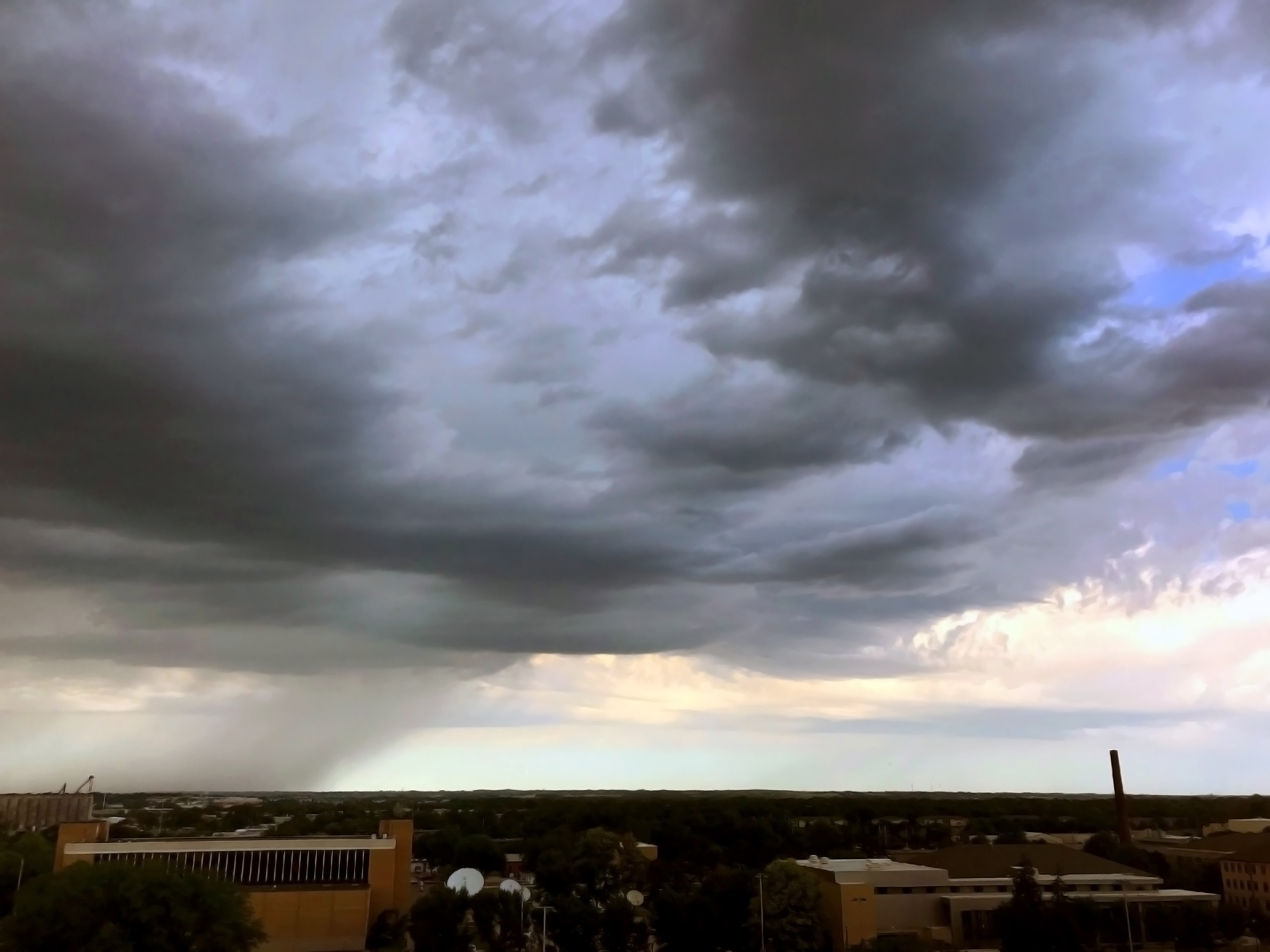
A $200,000 National Science Foundation grant will help University of Nebraska-Lincoln researchers execute a model-based study on how severe storms are formed in the Great Plains so they can better predict when they will form, how destructive they will be, and if there is a chance of tornadoes or flash floods.
Dr. Steve Hu, a professor of agricultural climatology at the School of Natural Resources and Earth & Atmospheric Sciences, received the hefty grant for his study, which will last two years. Hu will work with a team of graduate students to understand how a certain group of nocturnal convection and natural storms develop.
“There are storms ― particularly during the warm season in the Great Plains — that develop just purely by themselves, from nowhere,” Hu said.
Hu became curious about these storms after learning about a study done by Oklahoma researchers that found that a third of storms are formed without the presence of a front. Prior to this study, researchers believed that most storms were formed because of a front — a boundary separating two masses of air of different densities.
“So, we are trying to understand the mechanism or mechanisms that cause the initiation and development of this one third of mostly nocturnal in the Great Plains during the growing season,” he said.
Using his background in convection and mechanics, Hu came up with a hypothesis on the mechanism. It has to do with nighttime, wind flows and a strong vortex.
In the summer, a strong and moisture-filled southern jet comes up from the Gulf of Mexico. It starts to twist and bend to the east due to the Earth’s rotation. This causes a vortex with a northern axis. From the west, a flow coming off of the Rockies adds another current to the mix. The Great Plains sit right under this crash of the winds.
Once the vortex is formed, it gets stronger in the night when there’s no rising, warm air to slow it down. It can get strong enough to initiate a lift of the air around it causing convection and storms.
One of Hu’s grad students George Limbert is using a simple model called Cloud Model to look for convection. In his initial testing this summer, they have seen the phenomenon occur.
“So far his initial results have shown promising signs that yes, there is an uprising motion on the eastern side of this northern vortex,” Hu said.
Over the next two years, Hu will use a more complicated and realistic model called WRF that accounts for many other factors to test for convection. If their data shows the mechanics occurring, Hu would like to compare actual storm data with the model to see if it’s correct.
“The point of all of this is predicting,” Hu said.
With a deeper understanding of how storms are formed, researchers can better predict when they’ll build, how big they’ll be, and whether damage might occur. And with Nebraska’s year of storms and flooding, more information about these natural disasters is crucial to the Great Plains.
― Alli Dickey, For the School of Natural Resources
More details at: http://snr.unl.edu